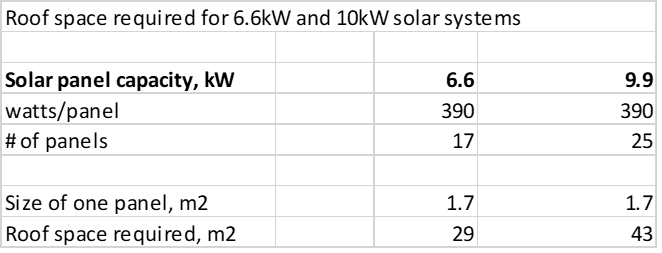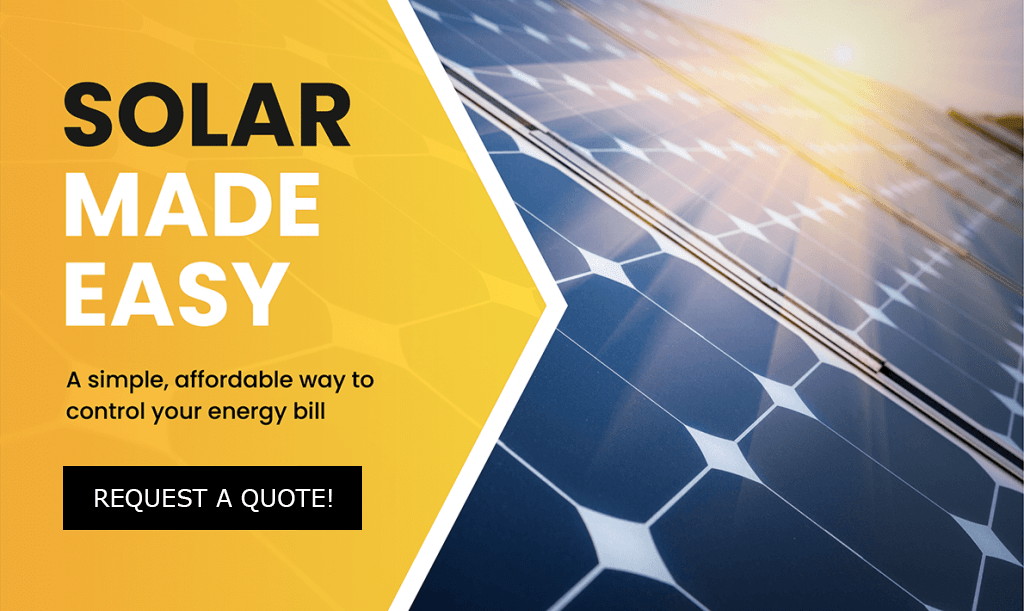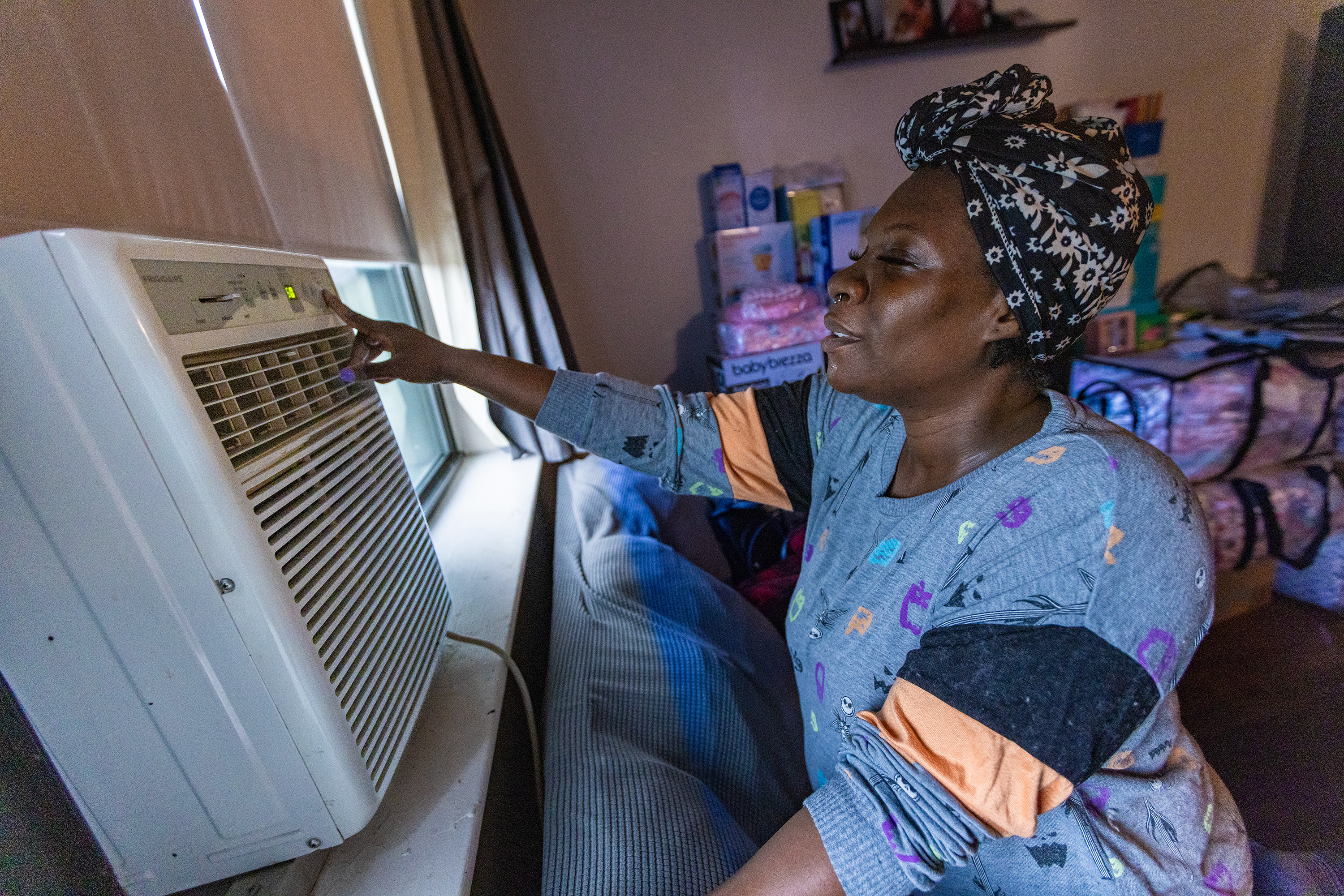One of the first questions people ask us when thinking about going solar is, “What size solar system do I need?”. A few years ago, the answer would have been, “Size your solar system to meet your current daytime...
One of the first questions people ask us when thinking about going solar is, “What size solar system do I need?”.
A few years ago, the answer would have been, “Size your solar system to meet your current daytime electricity requirements.” That may have resulted in a 3kW, 4kW or 5kW solar system.
But these days that advice has changed. Modelling by the Alternative Technology Association shows that bigger is better when it comes to solar, even if you don’t use much electricity.
This is borne out by the statistics. According to the most recent Australian Energy Council Solar Report, the average size Australian rooftop solar system is now 8kW. Our experience is consistent with this trend, with many of our customers installing 10kW-plus solar systems on their homes.
This article takes you through what to consider when it comes to solar panel system sizing. We break the topic into three parts:
The starting point – your requirements Sizing your system – how it’s done Reasons why bigger can be betterThe starting point – your requirements
Before you start talking to solar companies, it’s a good idea to think carefully about your objectives for going solar. For most people, reducing their electricity bills is the main reason. But often there will be other drivers like becoming more energy self-sufficient, cutting your household CO2 emissions and putting in enough solar to charge a home battery.
Understand your electricity usage
The first step is to understand how much electricity you are currently using.
To work this out, have a look at your electricity bills over the last 12 months. Your electricity bill will state the “kilowatt hours (kWh) used or something similar. Jot this figure down and the period it relates to (usually 30 days or 3 months). From there, you can work out how many kilowatt hours, on average, you use per day at different times of the year.
A single-person household with average electricity requirements may use 8-12 kilowatt hours a day whereas a five-person family home with swimming pool and lots of appliances may use 40-50 kilowatt hours a day. The average Australian household uses around 20 kilowatt hours a day.
Future electricity usage
Are you expecting any changes in your household in the coming 5-10 years? For instance, starting a family, kids growing up (and using more power) or adding an extension?
What about an electric vehicle? Is that on your radar? Did you know that electric vehicles are likely to make up 80% of new vehicle sales by 2030 according to the Reliable Affordable Clean Energy for 2030 Cooperative Research Centre (RACE 2030)?
Are you one of the many millions of Australian households who are keen to get a battery once the economics of solar battery storage stack up in their favour?
And – to add more to the mix – what are your plans with regards to making your home all-electric and moving off gas? The arguments for switching hot water, cooking and heating off gas and onto electric are persuasive. For instance, The Grattan Institute found that a large home in Melbourne can save $1,024 per year by disconnecting from the gas grid.
Whilst you may not have the answers to all these questions now, they’re worth thinking about. That’s because solar energy is a great way to future-proof your home from electricity price rises and take advantage of the exciting new renewable energy technologies that are likely to become mainstream over the next 10 years.
Energy independence
Would you like to become 100% independent of the main electricity grid? For a lot of people, the answer is yes!
The question is, what will it cost – and does it make financial sense?
Whilst 100% energy independence may not be achievable without the addition of a solar battery, it may be worth getting more solar panels now so you’re ready to add battery storage later.
Your household’s carbon footprint
Do you want a carbon neutral home? Are you keen to export clean solar energy to the grid, to offset the grid power from fossil fuels?
Did you know that on average in Australia 75% of grid power is from fossil fuels with most of that from coal-fired power plants? By exporting solar energy to the grid, you are reducing the requirement for power from coal-fired power stations and your clean energy will be used by your neighbours.
One of the quickest ways to get your home carbon neutral is – without doubt – to invest in a large solar panels system. A typical 10kW solar system will make the average Aussie home carbon neutral with immediate effect. How good would that be!
Sizing your system – how it’s done
Calculate the size of your solar system based on current usage
The rule of thumb for working out solar system size is to divide your average daily electricity usage by 3.5. That’s because, on average in Australia, one kilowatt of solar panels capacity installed generates 3.5 kilowatt hours of solar electricity each day.
This rule of thumb approach results in the following size systems:
| Current daily electricity usage | Solar system size (kWh /3.5.) |
| 12 kilowatt hours | 3.4kW |
| 20 kilowatt hours | 5.7kW |
| 40 kilowatt hours | 11.4kW |
This is a very rough-and-ready approach because it doesn’t consider the time of day when you use electricity. For example, if you use 20 kilowatt hours of electricity over a 24-hour period but 18 kilowatt hours is at night-time then a 5kW solar panels system isn’t going to do much to cut your electricity bills. You might be better off getting a home battery storage system and shifting your electricity usage – using timers etc – to the daytime.
An even bigger reason why this approach is flawed is because it doesn’t factor in your future energy plans. Sizing your system for the ‘here and now’ may not be the best approach as it doesn’t take into account how your requirements may change over the 25-year lifetime of your solar system.
Roof space
Do you have enough roof space for a solar system? How much roof space do you need for a 6.6kW solar system – or a 10kW system?
If you’ve got a tiny roof – or there’s only a small part of your roof that’s suitable – you will be restricted with the size system you can have.
Here’s an example showing the amount of roof space required for a typical 6.6kW and 10kW solar panels system. It shows that for a 6.6kW solar system using 390-watt panels, you’ll need 29m2 of suitable roof space – and for a 9.9kW solar system you’d need 43m2 of roof space.

If your roof space is limited, talk to us about higher wattage panels, i.e., 400-watt plus. They can be a great way to squeeze more solar energy out of each available square metre of roof space.
Network distributor rules
Your network service provider – the company responsible for the poles and lines – will have rules for how much solar energy you can export from your solar power system to the grid. These rules vary state-by-state.
In South Australia, for example, SA Power Networks is the only network service provider. Their rules are:
Single phase home: 10kW inverter limit, 5kW export limit Three-phase home: 30kW inverter limit. 15kW export limit.This means that if you have a single-phase home in South Australia, you could have 13.3kW of solar panels installed on your roof (as you’re allowed to oversize your panels by 33%) with a 10kW solar inverter. However, you will only be able to export 5kW to the grid.
Talk to us to find out what the network distributor rules are where you live and what this means for the size solar system you can install.
Reasons why bigger is generally better
By now, you’ll see why a bigger solar power system can often be better, particularly over the longer-term.
But what about the price tag? Won’t a bigger system be a whole lot more expensive – and make the payback a whole lot worse?
The answer is no, not necessarily.
That’s because solar panels systems have dropped by around 80% in the last 10 years making them affordable for most Australian homes. These days, with federal and state government solar rebates still at attractive levels, the upfront cost of a quality solar panels system may be a lot less than you think.
What this means is that there are significant economies of scale when it comes to installing larger solar systems.
To illustrate the point, the chart below shows the cost per watt of solar panels reduces from 55 cents to 47 cents if you step up from a 6.6kW solar system to a 11.1kW system.

These figures are based on Solar Run’s prices for typical solar panel installations in Adelaide as of January 2023. The value of a larger solar system is quite staggering when you consider than only 5 or 6 years ago, you’d be looking at a least $1.00 per watt for a 10kW solar system.
In conclusion
Not only is a bigger solar panels system better for the environment and future-proofs your home’s changing energy needs, but it’s also better value.
Of course, every household is different, and budgets are budgets! But don’t let that stop you. We can model your electricity usage – both current and future usage – and work out what size best suits your needs. With our Solar Deals, we have 6.6kW and 10kW solar systems that can be installed at an upfront cost of a few hundred dollars.
It’s worth a chat. Get in touch for advice on the best size solar panels system for your home.
The post What size solar system do I need? appeared first on SolarRun.











